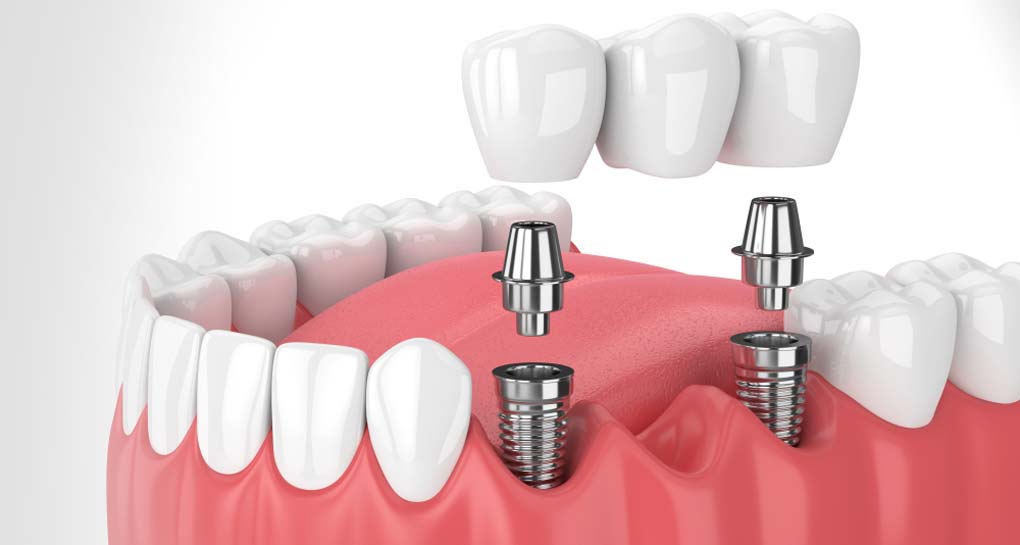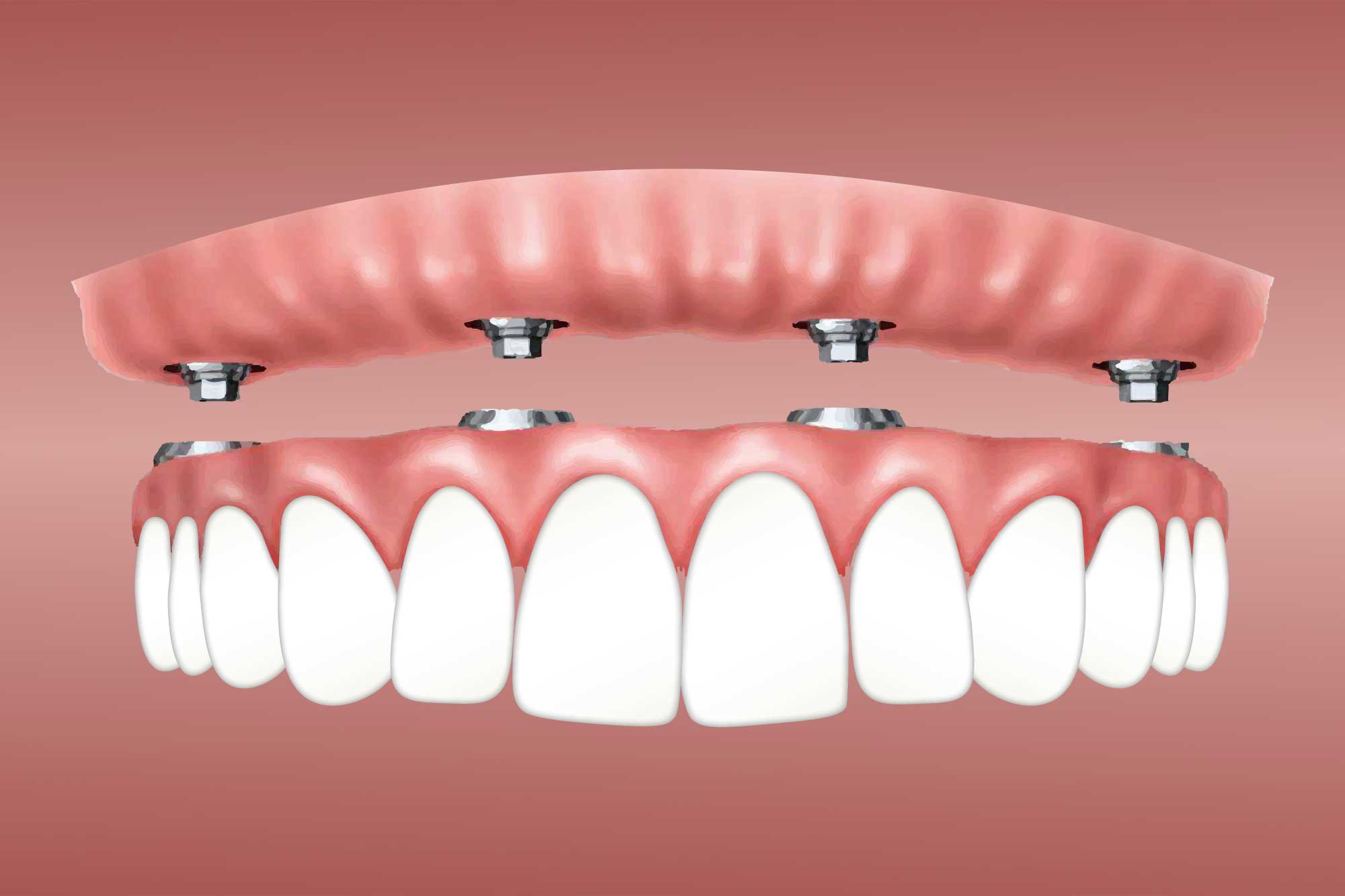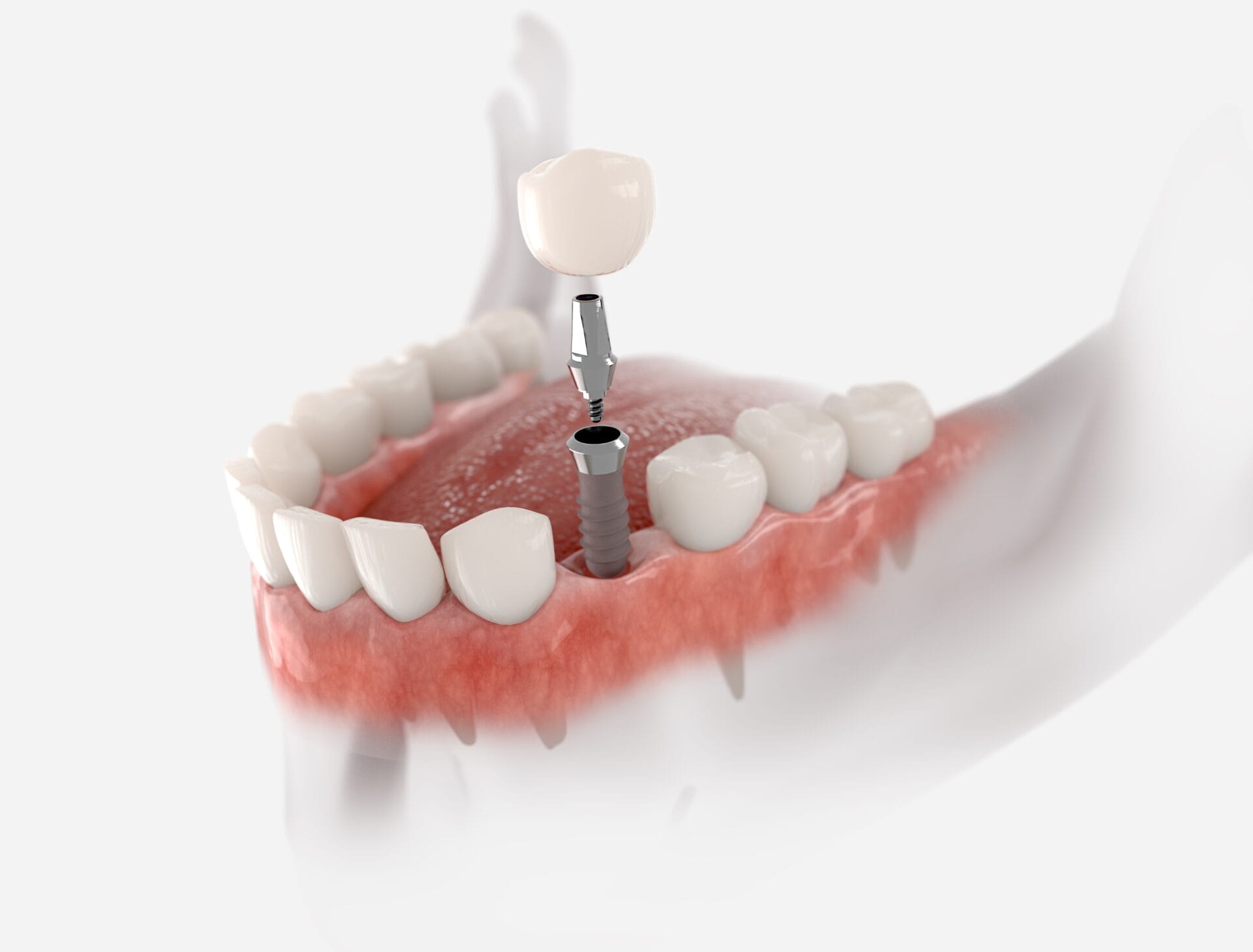Change Your Smile with Dental Implants Kent: Professional Treatment
Change Your Smile with Dental Implants Kent: Professional Treatment
Blog Article
Experience the most recent Advancements in Dental Implants Innovation
As the field of dental care proceeds to advance, the improvements in dental implant technology have actually been absolutely nothing except exceptional. From the usage of advanced materials that improve toughness to the implementation of digital imaging for accurate placement, these innovations are changing the landscape of dental care. With minimally invasive surgical methods and the modification abilities of 3D printing, individuals currently have accessibility to customized options that were when unbelievable. Additionally, the combination of modern technology is changing the capability of oral implants, promising boosted results and person contentment.
Advanced Products for Enhanced Sturdiness
In the realm of oral implants innovation, the assimilation of innovative materials has dramatically added to improving longevity and long life of these important oral prosthetics. The application of materials such as titanium alloys, zirconia, and ceramic compounds has actually changed the field by supplying raised biocompatibility, resistance, and strength to deterioration.
Titanium alloys are extensively made use of in oral implants because of their extraordinary strength-to-weight ratio, corrosion resistance, and compatibility with the body. These alloys make certain the security and longevity of the dental implant by holding up against the forces applied throughout speaking and chewing, providing a reliable solution for clients seeking sturdy tooth substitutes.
Zirconia, a sort of ceramic material, has gotten appeal for its biocompatibility and all-natural tooth-like appearance. Its high strength and resistance to wear make it an ideal selection for oral crowns and bridges, enhancing the total visual appeals and capability of the implant.

Digital Imaging for Specific Positioning
The advancement of dental implants technology has additionally advanced with the integration of digital imaging strategies, making certain precise placement of these prosthetics for ideal practical and aesthetic outcomes. Digital imaging plays an important duty in the planning and positioning of oral implants by providing thorough 3D photos of the individual's jawbone framework. This modern technology enables dental professionals to evaluate bone thickness, find vital frameworks, and plan the precise position and angle for implant positioning with unequaled precision.
By utilizing digital imaging, dental practitioners can create virtual medical overviews that function as a roadmap throughout the implant placement procedure. These overviews are personalized for every client, considering their one-of-a-kind composition and the preferred result. This level of precision not only improves the success rate of oral implant treatments but also minimizes the danger of problems.
Furthermore, digital imaging allows dental experts to picture the final prosthetic repair prior to the actual positioning of implants, enabling thorough preparation and ensuring that the result satisfies the patient's visual assumptions. In general, the combination of digital imaging modern technology has actually reinvented the area of oral implants, offering clients a much more predictable, reliable, and patient-specific treatment approach.

Minimally Invasive Surgical Techniques


Improvements in surgical methods have resulted in the development of minimally intrusive strategies in the field of oral implantology. These techniques aim to decrease trauma to the person, shorten healing times, and boost general treatment results. Minimally invasive procedures involve smaller sized lacerations, specialized instruments, and advanced imaging technologies to precisely place oral implants with very article little disruption to surrounding tissues.
One trick element of minimally invasive strategies is using assisted surgical treatment, where 3D imaging and computer-aided layout software application are employed to prepare the implant placement with great precision. This allows for an extra foreseeable end result and can commonly remove the need for considerable flap surgical treatment.
Furthermore, innovations in products and implant style have actually likewise added to the success of minimally invasive strategies. Implants with boosted surface area properties advertise faster osseointegration, reducing the healing time called for prior to the prosthetic restoration can be placed.
3D Printing for Personalized Solutions
Utilizing 3D printing innovation in oral implantology permits the creation of very customized solutions tailored to individual client needs and physiological variations. This cutting-edge innovation allows dental professionals to make and make dental implants with phenomenal accuracy and precision. By using electronic imaging techniques, such as cone light beam computed tomography (CBCT), thorough 3D designs of the individual's oral tooth cavity can be created to direct the dental implant intending procedure.
One of the key advantages of 3D printing in dental implantology is the ability to create patient-specific implants that completely fit the distinct composition of each individual. This customized approach helps enhance the overall success and longevity of the implant by guaranteeing optimum fit and alignment. Furthermore, 3D printing permits for the manufacturing of complex geometries and elaborate frameworks that would be tough or impossible to accomplish using find this standard manufacturing approaches.
Additionally, 3D printing technology makes it possible for dental professionals to simplify the implantation process, decreasing surgical treatment time and improving total person experience. With its ability to create customized solutions quickly and efficiently, 3D printing is reinventing the area of oral implantology, offering patients innovative treatment options and enhanced end results.
Integrated Technology for Improved Capability
Applying cutting-edge modern technology in dental implantology improves functionality and precision, boosting the criterion of take care of patients going through implant procedures. Integrated technology plays an important role in improving the general success and resilience of dental implants. One crucial development is the integration of electronic scanning and imaging technologies, such as cone-beam computed tomography (CBCT) and intraoral scanners. These devices enable comprehensive 3D imaging of the patient's dental structures, promoting precise therapy planning and dental implant placement.
In addition, the combination of computer-aided design and computer-aided production (CAD/CAM) technology makes it possible for the development of customized dental implant remediations with extraordinary precision. CAD/CAM systems use digital impressions to create prosthetics that flawlessly fit the individual's unique composition, guaranteeing ideal comfort and functionality. Additionally, the usage of robotic-assisted surgical treatment in dental implant placement improves accuracy and lessens the threat of human error.
Conclusion
In conclusion, the most recent developments in oral implants modern technology offer improved durability via advanced products, accurate positioning with digital imaging, minimally invasive medical strategies, personalized services with 3D printing, and enhanced performance with incorporated modern technology - Dental implants Kent. These developments in dental implants technology are changing the field and offering individuals with even more effective and effective therapy choices for recovering their smiles and dental health and wellness
The integration of technology is reinventing the functionality of dental implants, assuring boosted results and patient contentment.
The advancement of oral implants modern technology has even more advanced with the combination of digital imaging strategies, making certain exact placement of these prosthetics for optimal functional and visual results. Minimally intrusive surgical treatments involve smaller cuts, specialized tools, and progressed imaging modern technologies to precisely put oral implants with very little disturbance to surrounding cells.
Applying cutting-edge modern technology in oral implantology improves performance and accuracy, raising look what i found the criterion of treatment for clients undertaking dental implant treatments. Dental implants Kent. Integrated innovation plays an essential function in enhancing the total success and toughness of oral implants
Report this page